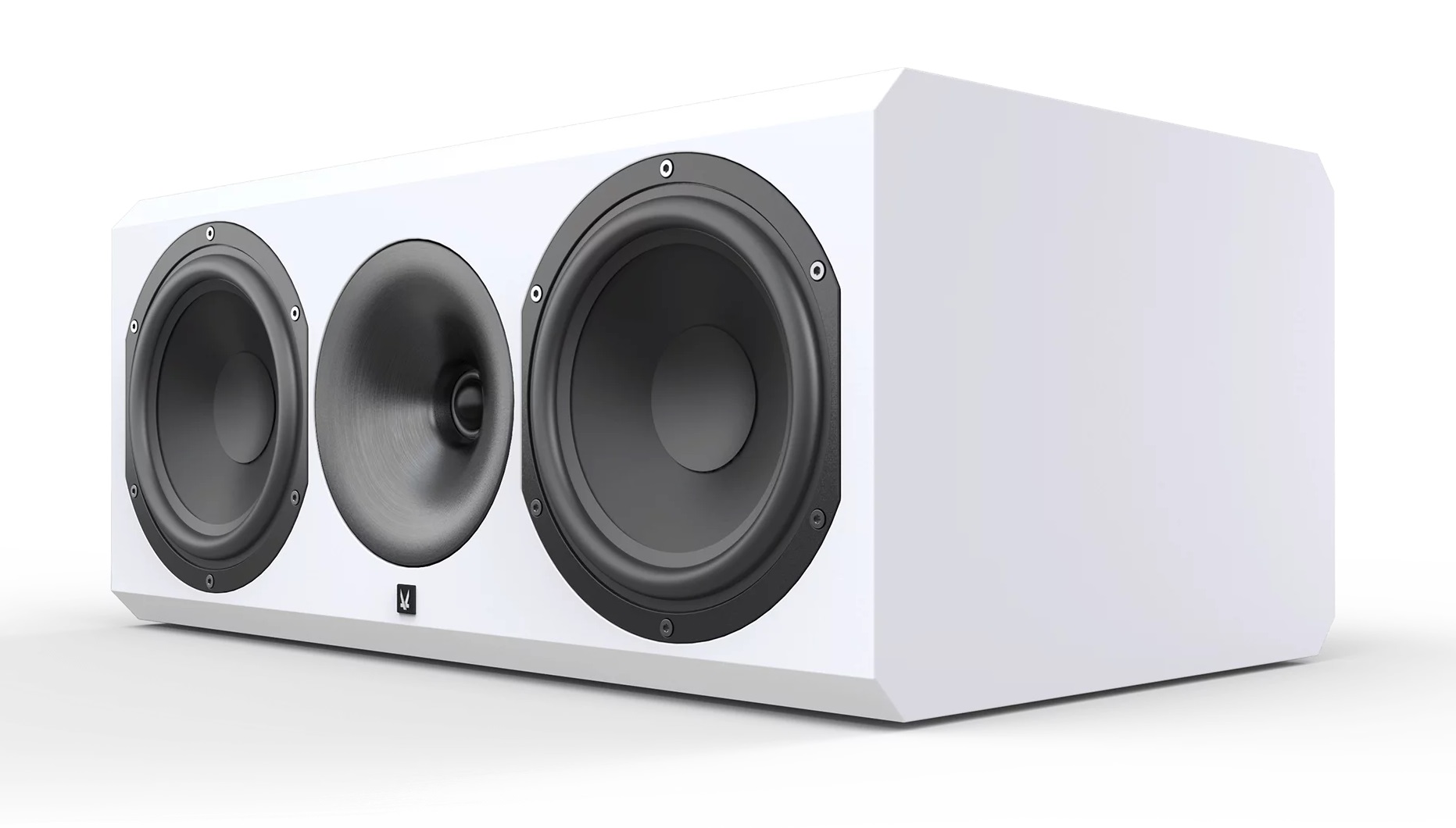Bigger Center Speaker
Article summary - TL;DR
- Upgrading the Center speaker can enhance dialogue clarity, especially for movie lovers.
- Arendal Sound speakers are timbre-matched, allowing you to mix and match within the same series.
- The choice between upgrading or staying consistent depends on your listening preferences and room setup.
- For a cohesive front soundstage, it's best to use identical speakers across the front channels.
- Enhance your audio-visual setup with the 1723 Center THX for extraordinary speech intelligibility.
A question we get a lot is if it makes sense to upgrade/up-spec the Center speaker, instead of sticking with the dedicated one from the series.
First of all, you can basically mix and match every Arendal Sound speaker as they are timbre-matched as closely as possible. Please also see: Can I mix 1723, 1723 S and 1961 in the same setup?

There are two schools of thought on this approach.
1. “The center speaker is the most important speaker in the whole system!”
This can be true for a lot of situations, as most movies are around 85% dialogue.
Especially with older surround mixes, all dialogue is mixed purely to the Center channel.
The same goes with a lot of TV productions and dubbing in some countries like Germany for example.
The bigger Center speaker will of course have more extension, better dispersion, greater dynamics, and overall feel more lifelike.
If this profile fits you then yes, upgrading to a bigger Center makes sense.
2. “The front three speakers should be as identical as possible!”
What we discovered in recent years is, that modern surround mixes are far more flexible when it comes to dialogue placement. The dialogue track basically follows the picture and is spread all over three front channels most of the time.
Behind the screen of a commercial cinema, you will always find three identical full-range speakers.
The typically smaller horizontally placed Center is a compromise to accommodate a normal living room with a TV in use.
So if you can’t place three identical speakers for the most balanced and homogeneous front soundstage, you stick with the speakers from the same series. This will guarantee the best blend between the channels. It will have the effect of the speakers disappearing, as drivers and crossovers are very tightly matched.
So if this is something that is important to you, we highly recommend sticking with one series of speakers or even trying to have three identical fronts.
BTW: The surround/height channels are far less important in that regard and can be much more easily mixed without any audible drawbacks.
Frequently asked questions
Is it possible to mix and match Arendal Sound speakers?
Yes! All Arendal Sound speakers are timbre-matched closely, allowing you to mix different series without sacrificing sound quality.
Should I upgrade my Center speaker for better audio performance?
Upgrading to a bigger Center speaker can improve dialogue clarity and overall lifelike sound, especially for movies where dialogue is vital.
Why is the Center speaker considered the most important in a home theater system?
Most movies have around 85% of their audio focused on dialogue, making the Center speaker crucial for clear sound reproduction.
What is the benefit of having identical front speakers?
Identical front speakers create a more balanced and homogeneous soundstage, enhancing the overall listening experience.
Do I need identical speakers for surround channels?
No, surround and height channels are less critical and can be mixed without noticeable issues, so diversity is acceptable there.
What should I consider when choosing my center speaker?
If immersive dialogue and dynamic range are important to you, a larger Center speaker may be worth the upgrade.
Can I use speakers from different Arendal Sound series together?
Yes, mixing speakers from different series is fine as they are designed to work well together despite minor differences.
How does modern audio mixing affect speaker choices?
Modern audio mixes often disperse dialogue across all front channels, allowing for more flexibility in speaker arrangement compared to older mixes focused solely on the Center channel.
Why are smaller Center speakers compromised in home setups?
Smaller Center speakers accommodate typical living room setups but may lack the dynamics and extension found in larger models.
What are the key factors when deciding on Center speaker upgrades?
Consider the importance of dialogue clarity, room setup, and whether you’re looking for more lifelike sound or simply a good blend across your speakers.








